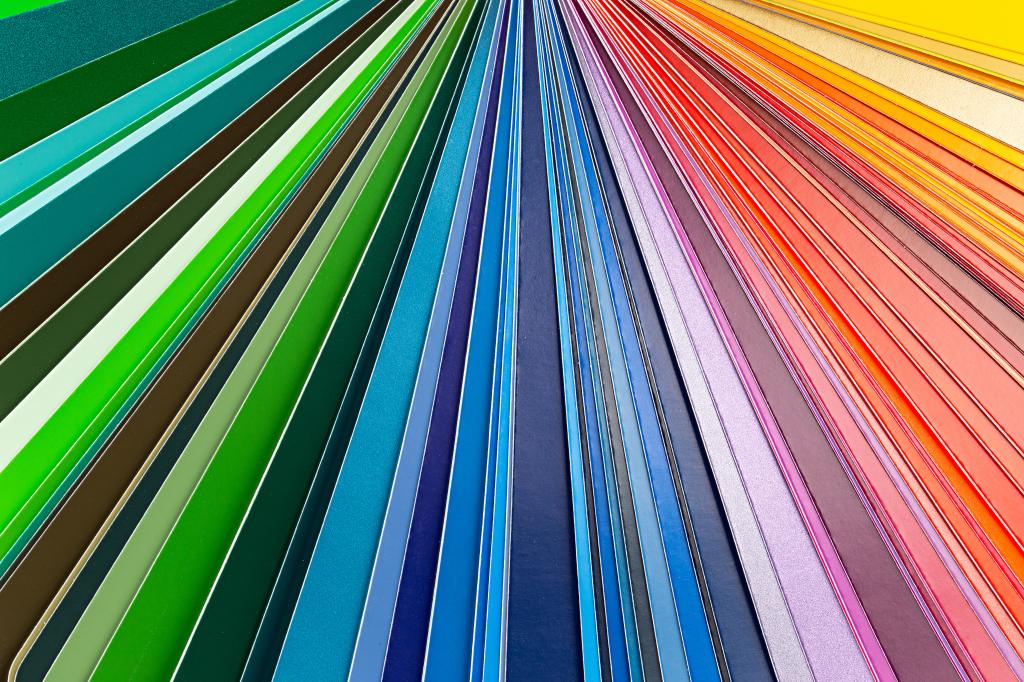The upcoming total solar eclipse on Monday in the United States has everyone excited for this cosmic event. For those planning to watch the eclipse with a group or in public spaces, considering what colors to wear can enhance the viewing experience, according to experts at Solar Eyeglasses. The type of vision changes during an eclipse, moving from photopic vision in bright light to scotopic vision in low light and then a mesopic vision zone where saturation of colors decreases. To counter this effect, experts recommend wearing red and green hues to ensure a visual pop during the eclipse.
Wearing neutrals such as black, white, gray, or brown is not suggested for eclipse day, as they will blend into the shadows of the eclipse and prevent wearers from getting the most out of the phenomenon. Understanding the science behind why certain colors are recommended for eclipse viewing, such as the Purkinje effect, can help individuals tailor their attire for the event. The Purkinje effect causes colors like red to appear darker, almost black, while blues and greens become brighter in low light conditions. By selecting red or green outfits, viewers can enhance their eclipse experiences and capture intensified photos of the unique event.
The solar eclipse set to take place on Monday, April 8, will block the sun for over 180 million people in its path, from Mexico’s Pacific Coast across North America to Newfoundland, Canada. Observing the eclipse during the partial phase before and after totality requires proper eyewear like eclipse glasses to prevent eye injuries. The next total solar eclipse is scheduled for Aug. 12, 2026, with totality visible in Greenland, Iceland, Spain, Russia, and a portion of Portugal. Exploring the scientific and astrological aspects of solar eclipses can add depth and meaning to the experience for viewers.
Dr. Gordon Telepun, a veteran eclipse chaser, highlighted the importance of color selection for eclipse viewing based on the mesoponic zone that results from the decrease in light during an eclipse. By comparing past experiences of viewing eclipses in different settings, Telepun noted the significance of using color as a reference point to enhance the visual effects during an eclipse. Understanding the role of the Purkinje effect in perceiving colors in low light conditions can provide a basis for individuals to prepare their attire for eclipse day. The advice of experts and professionals in the field can help individuals make informed decisions regarding color selection for the upcoming solar eclipse.
The unique phenomenon of a total solar eclipse presents an opportunity for individuals to engage with science, astronomy, and fashion all at once. By considering the impact of changing light conditions on color perception during an eclipse, viewers can enhance their lived experience of this natural event. The mesoponic zone and Purkinje effect create an otherworldly atmosphere during an eclipse, where colors like red and green pop against a darkened background. Incorporating these scientific concepts into the design of eclipse attire can not only make the event more visually appealing but also add depth and meaning to the viewing experience.
As anticipation builds for the upcoming total solar eclipse on Monday, experts have provided insights into the importance of color selection for eclipse viewing. By understanding the science behind color perception in changing light conditions and the impact of the Purkinje effect, viewers can make informed decisions regarding attire for eclipse day. The eclipse presents a unique opportunity to engage with cosmic events, scientific phenomena, and even sartorial choices, creating a memorable and visually stimulating experience for all who are lucky enough to witness this awe-inspiring event.


